Great Zimbabwe Worksheets
Do you want to save dozens of hours in time? Get your evenings and weekends back? Be able to teach about the Great Zimbabwe to your students?
Our worksheet bundle includes a fact file and printable worksheets and student activities. Perfect for both the classroom and homeschooling!
Resource Examples
Click any of the example images below to view a larger version.
Fact File
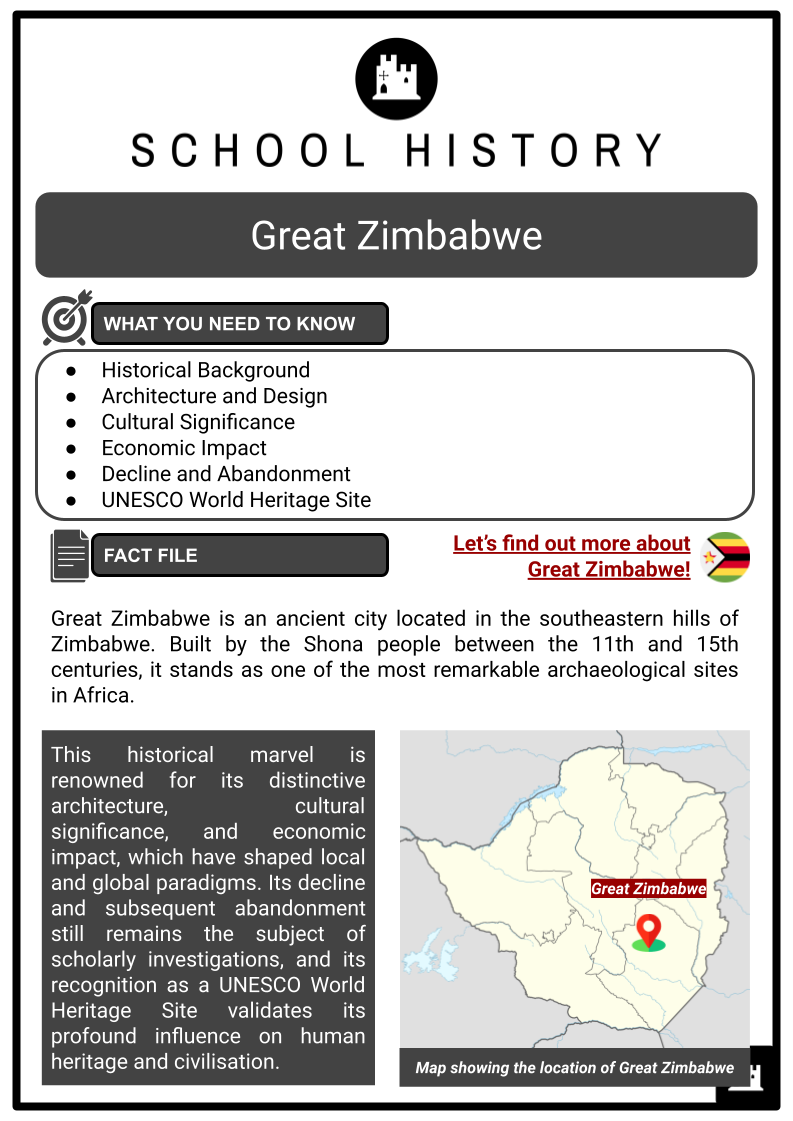
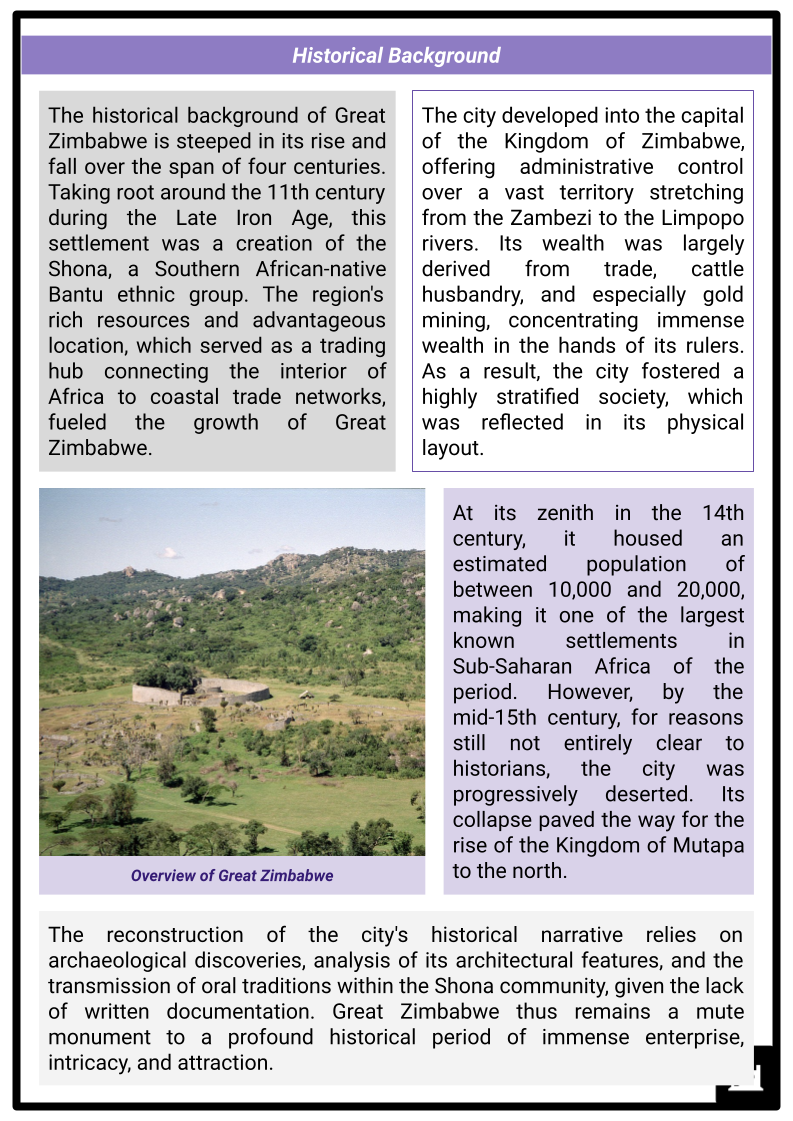
Student Activities



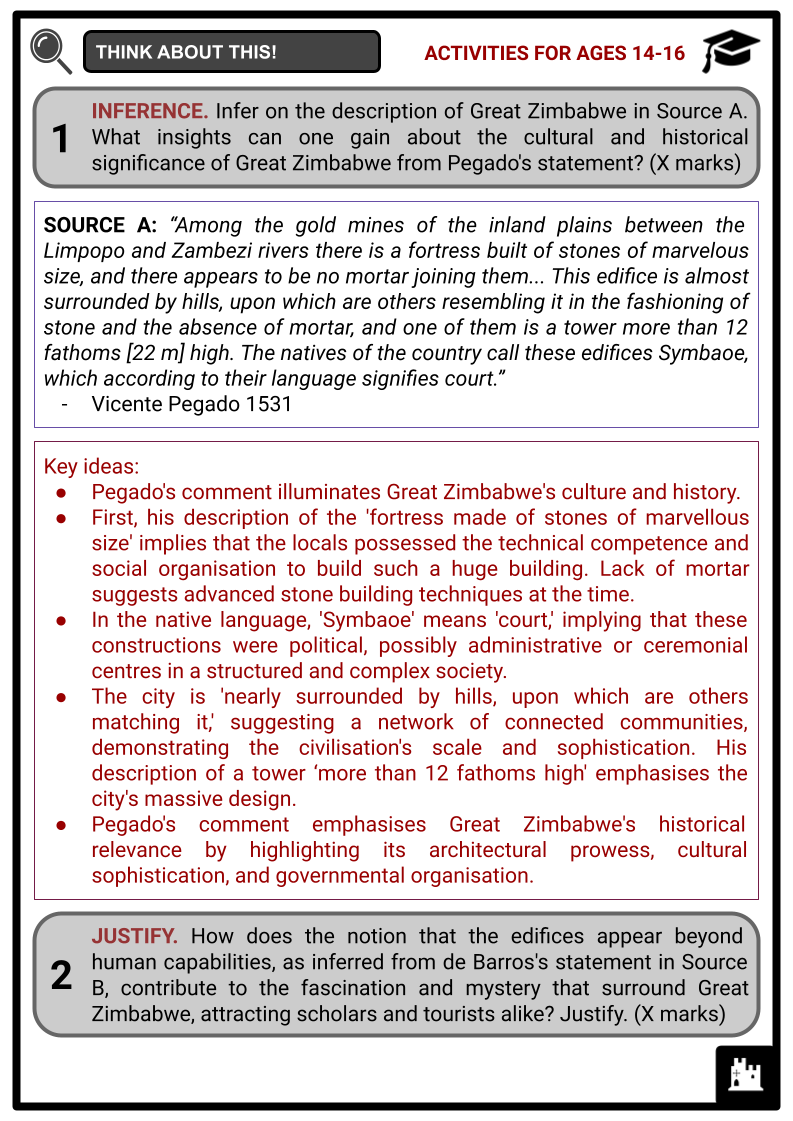
Summary
- Historical Background
- Architecture and Design
- Cultural Significance
- Economic Impact
- Decline and Abandonment
- UNESCO World Heritage Site
Key Facts And Information
Let’s find out more about Great Zimbabwe!
Great Zimbabwe is an ancient city located in the southeastern hills of Zimbabwe. Built by the Shona people between the 11th and 15th centuries, it stands as one of the most remarkable archaeological sites in Africa. This historical marvel is renowned for its distinctive architecture, cultural significance, and economic impact, which have shaped local and global paradigms. Its decline and subsequent abandonment still remains the subject of scholarly investigations, and its recognition as a UNESCO World Heritage Site validates its profound influence on human heritage and civilisation.
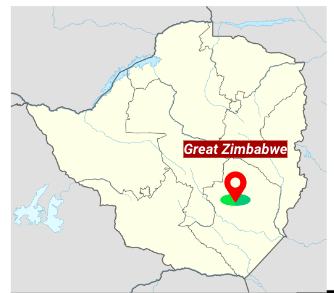
Historical Background
- The historical background of Great Zimbabwe is steeped in its rise and fall over the span of four centuries. Taking root around the 11th century during the Late Iron Age, this settlement was a creation of the Shona, a Southern African-native Bantu ethnic group. The region's rich resources and advantageous location, which served as a trading hub connecting the interior of Africa to coastal trade networks, fueled the growth of Great Zimbabwe.
- The city developed into the capital of the Kingdom of Zimbabwe, offering administrative control over a vast territory stretching from the Zambezi to the Limpopo rivers. Its wealth was largely derived from trade, cattle husbandry, and especially gold mining, concentrating immense wealth in the hands of its rulers. As a result, the city fostered a highly stratified society, which was reflected in its physical layout.
- At its zenith in the 14th century, it housed an estimated population of between 10,000 and 20,000, making it one of the largest known settlements in Sub-Saharan Africa of the period. However, by the mid-15th century, for reasons still not entirely clear to historians, the city was progressively deserted. Its collapse paved the way for the rise of the Kingdom of Mutapa to the north.
- The reconstruction of the city's historical narrative relies on archaeological discoveries, analysis of its architectural features, and the transmission of oral traditions within the Shona community, given the lack of written documentation. Great Zimbabwe thus remains a mute monument to a profound historical period of immense enterprise, intricacy, and attraction.
Architecture and Design
- Great Zimbabwe's architecture is widely known for its unique and intricate design. The city's builders used a construction method that involved laying stone bricks one on top of the other without mortar, a technique known as dry-stone architecture. There are three sections that make up the Great Zimbabwe archaeological site: the Hill Complex, the Great Enclosure, and the Valley Ruins.
- Hill Complex
- Located on a steep hill
- Believed to have been the royal palace
- Structures were built to adapt to the landscape's natural inclines, creating winding passages and terraced walls
- Exhibits excellent craftsmanship as the stone structures seamlessly blend with their natural surroundings
- Great Enclosure
- The largest single ancient structure in sub-Saharan Africa
- Most remarkable for its conical tower
- Built entirely of dry stone,
- Thought to have been a symbol of the ruler’s prestige and power
- Has a complex design with a series of passageways and enclosures
- Showcases the organisational capacity and advanced architectural knowledge of the builders
- Valley Ruins
- Represented a series of residential units comprised of huts and surrounding walls, possibly reflecting social stratification
- Walls showcased sophisticated chevron designs, signifying advanced stone-working skills enabled by dry-stone masonry
- Reflected not only robust architectural knowledge but also proficiency in urban planning
- Great Zimbabwe's architectural design stands as evidence of a well-organised, centralised state with advanced knowledge of construction and artistic detailing, providing a window into the creativity and ingenuity of its builders.
Cultural Significance
- Great Zimbabwe holds significant cultural value as it stands as a testament to the richness and complexity of indigenous African civilisations. Its existence challenges Eurocentric views about African history that discount the presence of complex, organised societies prior to European contact.
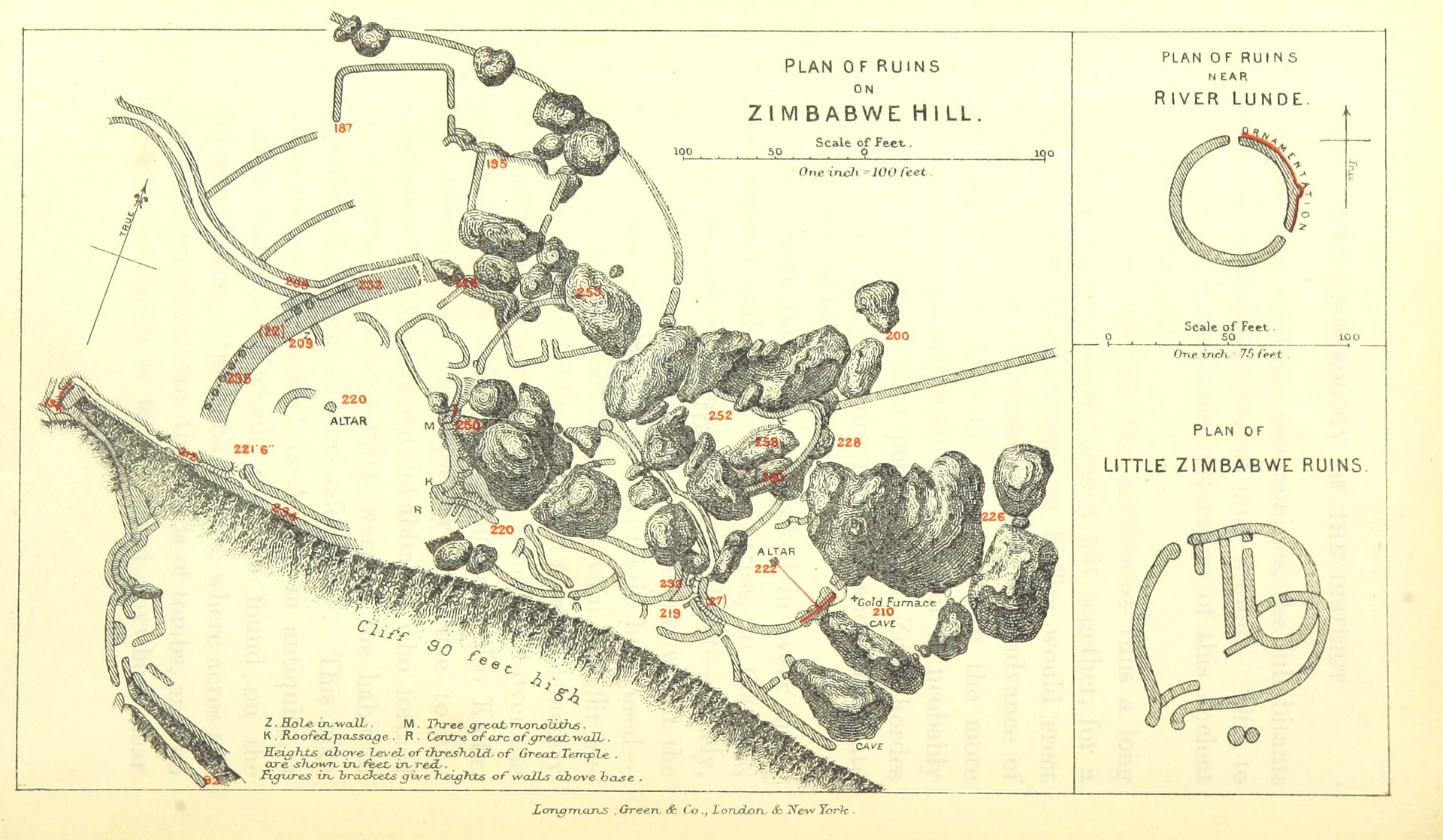
- First, from a physical perspective, the remains of the city and its impressive stone structures represent a substantial achievement in dry-stone architecture. Each structure evokes the metropolis that Great Zimbabwe was, as the capital of a kingdom that held substantial economic, political, and religious influence in the region. The intricate designs and decorations found on the city's walls add to this value by revealing the artisans' aesthetic consciousness and sophistication.
- Secondly, Great Zimbabwe has a symbolic significance; it stood as the seat of power for the monarchy and, as such, is an emblem of authority and prestige. The kings used the grandeur of the city to legitimise their rule, and the structures at the site are thought to have had political, religious, and social functions. The Great Enclosure, particularly its conical tower, is thought to symbolise the king's power.
- Lastly, Great Zimbabwe's significance is not confined to the past but continues into the present. It features prominently in the local oral tradition, and it serves as a source of national pride.
- The city lent its name to the modern nation of Zimbabwe in 1980, underscoring its symbolic value as a representation of independent African civilisation, resisting colonial narratives that often discredited Africa's capacity for self-governance and advanced societal organisation.
- The cultural importance of Great Zimbabwe lies in its manifestations of an advanced, sophisticated society. The city stands as a significant symbol of African cultural heritage, a living reminder of an indigenous civilisation imbued with architectural prowess, political structure, and aesthetic sophistication.
Economic Impact
- Great Zimbabwe's economic impact was considerable, both during its apogee in the Late Iron Age and in its legacy today.
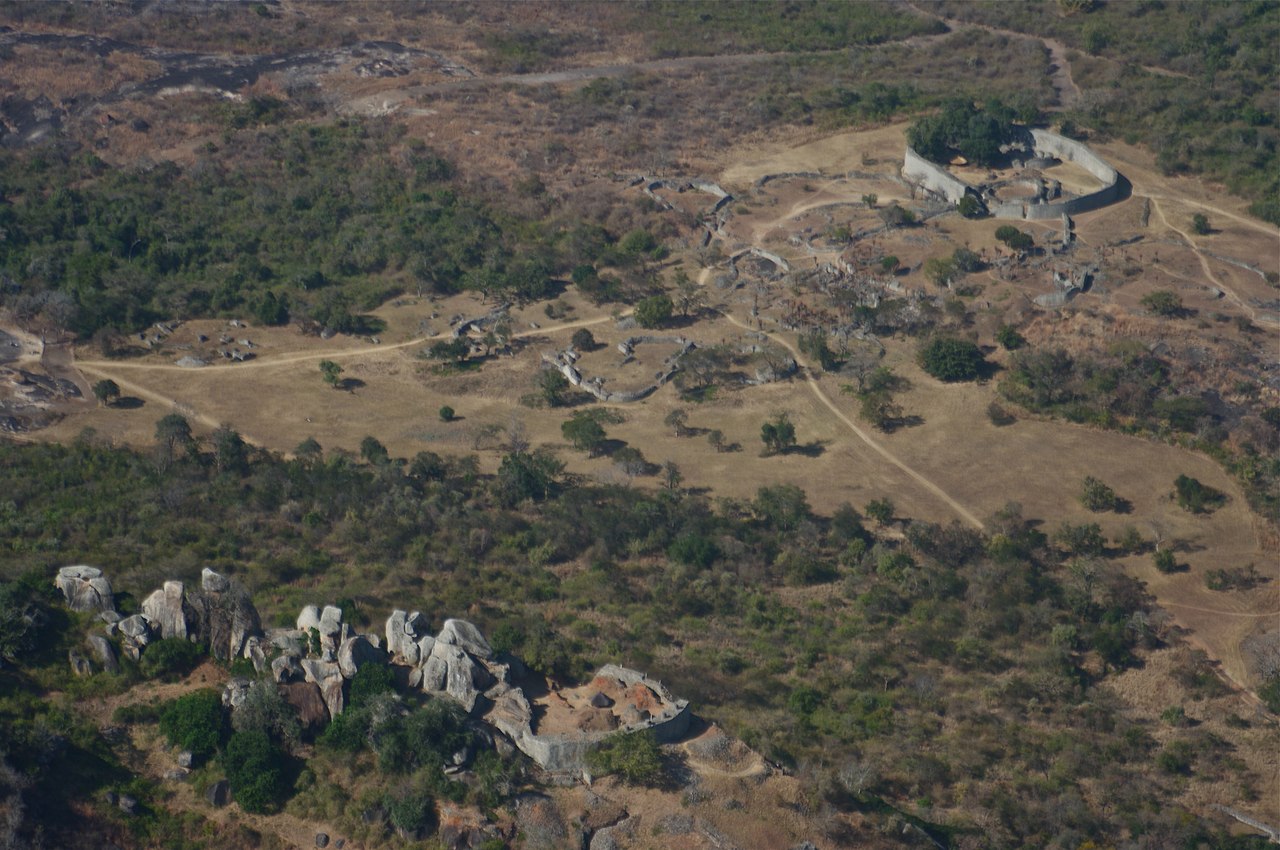
- Trade was a significant aspect of Great Zimbabwe's civilisation, contributing hugely to its economic prosperity. The city's strategic location, near important gold mines and well-established trade routes, allowed it to participate actively in regional and transcontinental trade. Evidence of this can be found in the form of artefacts originating from other parts of Africa, Arabia, Persia, and even China.
- Its wealth was largely derived from trading gold, ivory, and other goods with areas such as the Swahili Coast and possibly as far as China and Persia. Indeed, the city sat near gold mines and was central to the elaborate trade routes of its time, which attached it directly and indirectly to the global economic system.
- Cattle husbandry was also fundamental to the city's economic fabric. Cattle served as a form of currency, were used for religious sacrifices, and were used as a mechanism to form and maintain social relations. Moreover, they were necessary for agricultural activities that fed the city's large population.
- The city's decline has been hypothetically linked to economic stressors, including over-reliance on trade, losses in cattle due to climate change, and the exhaustion of gold mines. These economic challenges might have disrupted the city's demographic and socio-economic balance, culminating in its abandonment.
- Today, Great Zimbabwe serves as a significant source of cultural tourism, contributing to Zimbabwe's modern economy. The magnificence and mystique that surround the ruins draw tourists, who contribute to local and national economic development by bringing in money, creating jobs, and generating revenue.
- As such, the economic effects of Great Zimbabwe have echoed through time, emphasising its relevance, past and present.
Decline and Abandonment
- The decline and abandonment of Great Zimbabwe remain areas of intense interest and speculation among historians. The city reached its peak in the 14th century; however, by the mid-15th century, for reasons still not completely understood, the city was progressively deserted.
- Several theories have been proposed to explain the decline of Great Zimbabwe. One of the leading hypotheses is that economic factors were at play. As the city was reliant on trade and its proximity to gold mines, the exhaustion of gold resources and disruptions in trade networks might have led to economic instability.
- Another theory revolves around environmental changes. Some researchers propose that overpopulation and overgrazing led to ecological degradation around the city. Deforestation for timber to smelt and refine vast quantities of gold is also thought to have contributed to this environmental collapse.
- Social factors also possibly contributed to the city's fall. Political disputes over control and succession may have led to conflict and the decentralisation of power. Following the decline, the rulers moved north, marking the rise of the Kingdom of Mutapa.
- It's important to note that there are no definitive records detailing why the city was abandoned. Much of our understanding relies on archaeological evidence, the interpretation of which can vary widely.
- Notwithstanding the eventual loss of the city, the enduring historical and cultural significance of Great Zimbabwe persists. The city's remains are a moving reminder of a bygone era of significant trade, inventive architecture, and sophisticated social structure. The city is a symbol of a strong state that predated colonial intrusion.
UNESCO World Heritage Site
- Great Zimbabwe was designated a UNESCO World Heritage Site in 1986 in recognition of its extraordinary cultural and historical significance. As a UNESCO site, Great Zimbabwe joins a distinguished list of places considered to possess universal value for humanity.
- This ancient city's inclusion in the prestigious list underscores its global importance as one of the most significant testaments to Africa's early urban civilisation. Here, dry-stone architectural marvels stand alongside cultural artefacts that tell a rich story about the Kingdom of Zimbabwe during the Late Iron Age.
- The UNESCO status has contributed to awareness and protection efforts, appealing for global cooperation to preserve and conserve the site. This is crucial, as some parts have suffered from exposure to natural elements and human activities over centuries. Ensuring the site's preservation helps future generations appreciate and study this impactful historical civilisation.
- Moreover, recognition as a UNESCO World Heritage Site, beyond its preservation, has provided social and economic benefits. The designation attracts tourists and researchers worldwide, stimulating local economies and providing employment opportunities in sectors such as tourism and conservation.
- Great Zimbabwe's designation as a UNESCO World Heritage Site underscores its profound historical, cultural, and architectural significance. This status emphasises not just the city's past glory but also its enduring value to global heritage and contemporary society.
- Only a few archaeological excavations have been conducted at the site. Regrettably, European visitors in the 20th century were responsible for substantial plunder and destruction. European colonists, when they first discovered Great Zimbabwe in the late 19th century, were unable to reconcile its advanced architecture with their existing biases and denied its African origins. They attributed the site to a variety of non-African sources, such as the Phoenicians, Romans, or biblical figures. Prejudiced viewpoints that aimed to diminish African capabilities and accomplishments were the driving force behind this skewed portrayal.
- This refutation of Great Zimbabwe's African roots lasted until the 20th century, when archaeological evidence unequivocally pointed to an advanced indigenous African civilisation as its creator. The initial dismissive viewpoints of the European colonists and their reluctant acknowledgement of African cultural advancement underscore the deep-rooted cultural misconceptions and misinformation prevalent during the colonial era.
Image Sources
- https://upload.wikimedia.org/wikipedia/commons/thumb/7/7f/Zimbabwe_adm_location_map.svg/1024px-Zimbabwe_adm_location_map.svg.png
- https://upload.wikimedia.org/wikipedia/commons/thumb/f/f0/140_of_%27The_Ruined_Cities_of_Mashonaland-_being_a_record_of_excavation_and_exploration_in_1891_..._With_a_chapter_on_the_orientation_and_mensuration_of_the_temples_by_R._M._W._Swan._%28With_plates.%29%27_%2811217936264%29.jpg/1920px-thumbnail.jpg
- https://upload.wikimedia.org/wikipedia/commons/thumb/5/5f/Great-zim-aerial-looking-SE.JPG/1280px-Great-zim-aerial-looking-SE.JPG
Frequently Asked Questions
- What is the Great Zimbabwe?
The Great Zimbabwe is an ancient city located in the southeastern hills of present-day Zimbabwe in southern Africa. It was the capital of the Kingdom of Zimbabwe during the Late Iron Age, flourishing between the 11th and 15th centuries.
- Who built the Great Zimbabwe?
The exact builders of the Great Zimbabwe have yet to be definitively known, but it is believed to have been built by the Shona people. The architectural and archaeological evidence suggests it was a product of indigenous African societies.
- How did the Great Zimbabwe decline?
The decline of Great Zimbabwe has yet to be definitively understood, but factors such as environmental changes, economic shifts, and political instability have been suggested. The city was largely abandoned by the 15th century.
